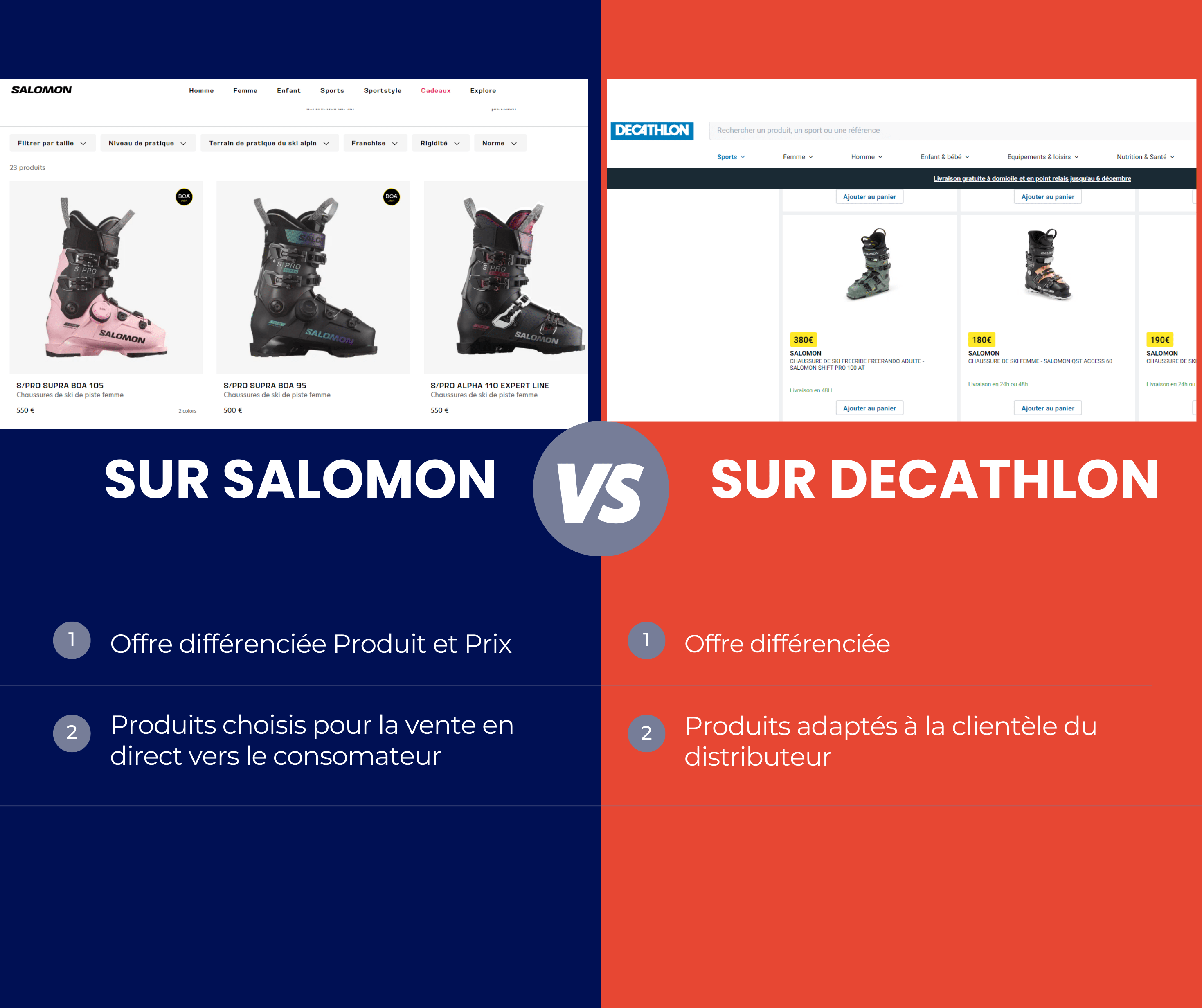Receive our news
Subscribe to our monthly newsletter

Strategic Market Unit (SMU) is an acronym and a key element in the arsenal of brands seeking to distribute their products in the healthiest way possible. This means protecting their products and distributors, while offering added value to their customers. This strategy is part of channel management.
What is an EMS?
It's a product or sales unit specifically dedicated to a particular market segment or set of products/services.
In some industries, we also talk about "Make Up Specials", but the real purpose of an EMS is not just make-up, it's first and foremost a value-added sales unit for everyone.

Let's look at the advantages of an EMS in relation to a company's marketing mix:
In the standard, we start with the product, but in the case of an EMS, the place (distribution) is the first benefit for a brand in setting up EMSs.
Place (Distribution): Distribution is one of the key factors, if not the most important, for a brand. The creation of an EMS is often driven by distribution itself. The product is developed in accordance with the distribution channels that best suit it.
This unit is developed in coordination with channel management to adapt to the most appropriate distribution channels.
For example, the brand may :
In addition, EMS offers greater control over the distribution chain and channel management, making it easier to trace sales.
Product: An EMS generally pushes for product(s) adaptation or differentiation according to the specific target market. It takes into account the needs, expectations and preferences of customers within the dedicated channel (E-commerce, GMS, Wholesale), which may differ from one another.
For example, the brand may :
Note here that the product will not be sold in the same way on a marketplace as in a supermarket, for example.
Historically, a wholesaler would sell the safe packaging to distributors, while the e-commerce site would sell the sales unit to end consumers.

Price :
Pricing is also critical in EMS management. Whether it's a question of margin, market alignment or different strategic positioning, pricing is a key success factor. It can also be THE deciding factor in the creation of an EMS.
By adjusting pricing to meet the expectations and demands of these particular segments, the brand is committed to maximizing customer satisfaction and strengthening its competitive position in these specialized markets.
For example, the brand may :

Promotion: Communication and sales promotion will also be tailored to each EMS.
Traditional VS online communication channels, marketing message and advertising campaigns can be adapted to better target and engage the specific SMU customer. The promotional strategy can also be adapted to suit the SMU and the period.
For example, the brand may :
For example, during the back-to-school period, it may be appropriate to run a larger promotion for the sale of pens in supermarkets versus retail media campaigns on online platforms such as Amazon.